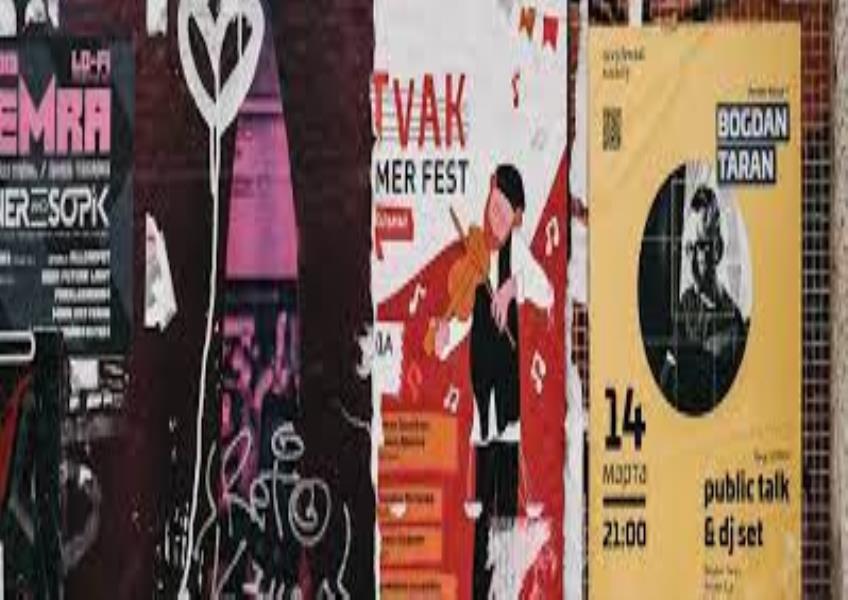Get the latest updates From BL Soni College Bhilwara

How can graphic design be used to create visually appealing event invitations?
Graphic design is instrumental in creating visually appealing event invitations that not only inform but also entice recipients to attend the event. Whether it's a wedding, corporate conference, fundraiser, or any other gathering, here are key considerations and tips for using graphic design to craft attractive event invitations: Understand the Event Theme and Audience: Begin by understanding the event's theme, purpose, and target audience. Tailor the invitation design to match the event's style and tone. Select an Appropriate Size and Format: Choose an appropriate size and format for the invitation based on the event's formality and requirements. Common sizes include A5, A6, and custom sizes for unique events. Typography and Font Choices: Select fonts that reflect the event's character and formality. Use legible fonts for event details, and consider decorative or script fonts for headings or accents. Color Palette: Develop a color palette that aligns with the event's theme or branding. Use colors strategically to create visual interest and evoke the desired emotions. Imagery and Graphics: Incorporate relevant imagery or graphics, such as event logos, illustrations, or thematic visuals, to enhance the invitation's appeal. Ensure that images are high-quality and complement the design. White Space and Layout: Utilize white space effectively to maintain a clean and organized layout. Pay attention to the placement of text, images, and decorative elements for a balanced design. Event Details Hierarchy: Create a clear hierarchy for event details. Important information like the event date, time, venue, and RSVP details should be prominently displayed and easily accessible. Visual Elements and Accents: Integrate decorative elements, such as borders, dividers, or patterns, to add visual interest and coherence to the design. Texture and Finish: Consider the choice of paper or cardstock for physical invitations. Texture, finish, or special printing techniques (e.g., embossing, foil stamping) can enhance the tactile appeal. Personalization: If applicable, personalize the invitation with the recipient's name or a handwritten note to make it feel more special and exclusive. Envelope Design: Pay attention to the envelope design, which is the first thing recipients see. Consider adding a teaser element or decorative seal to make it more intriguing. Clear Call to Action (CTA): Encourage recipients to RSVP or take the desired action by including a clear CTA on the invitation. Make it easy for them to respond or register for the event. Event Hashtag and Social Media Details: If the event has a social media presence, include relevant hashtags and social media handles on the invitation to encourage attendees to engage online. Print Quality: Ensure that the design translates well to print. Work with a professional printer to achieve high-quality results, including color accuracy and sharp imagery. Testing and Proofreading: Thoroughly proofread all text and details to avoid errors. Print a test invitation to check for color accuracy, alignment, and overall appearance. Distribution Method: Consider the distribution method. Physical invitations may be mailed or hand-delivered, while digital invitations can be sent via email or shared on social media platforms. Digital Versions: If creating digital invitations, optimize them for various devices and email clients to ensure they display correctly. Follow-Up and Reminders: After sending out invitations, consider sending follow-up reminders as the event date approaches to boost attendance. Collect Feedback: Gather feedback from early recipients or event attendees to evaluate the effectiveness of the invitation design and make improvements for future events. Remember that an appealing event invitation not only conveys essential information but also sets the tone for the event itself. Through thoughtful graphic design, you can create invitations that generate excitement and anticipation among your recipients, increasing the likelihood of a successful event.


